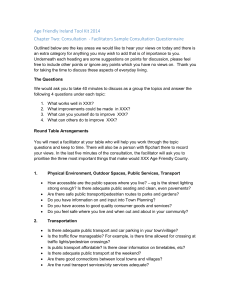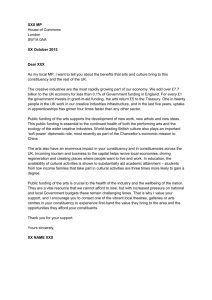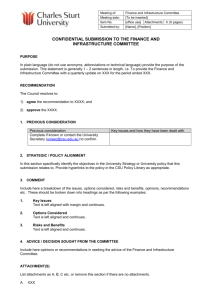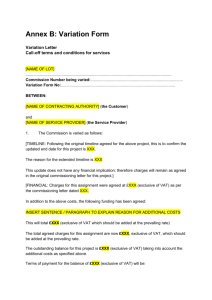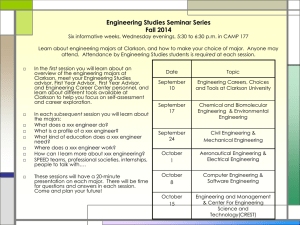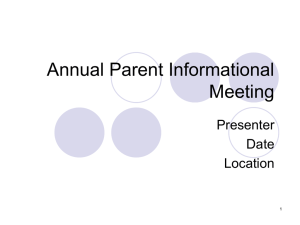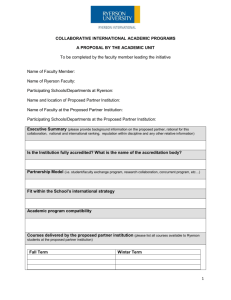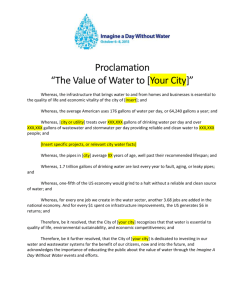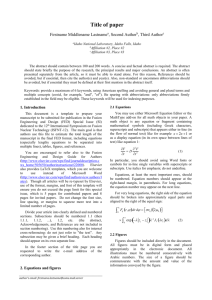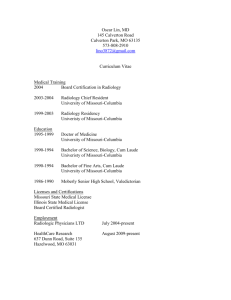chap06 - Management Class
advertisement
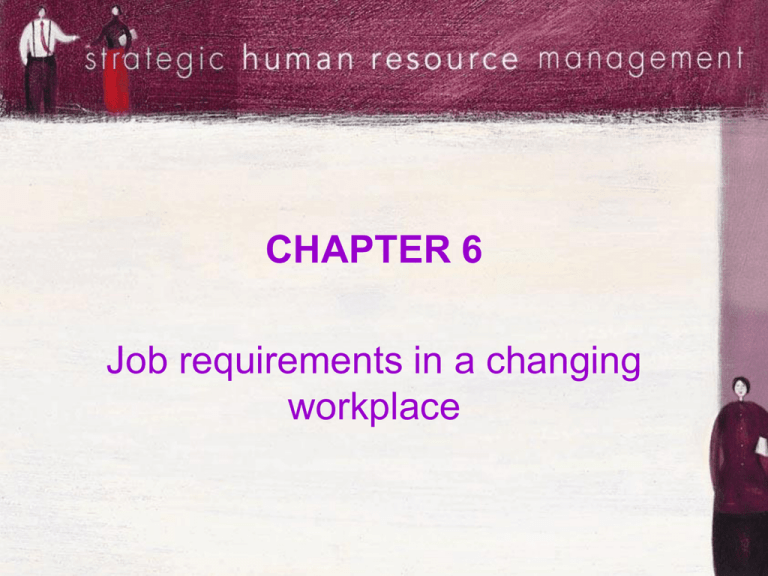
CHAPTER 6 Job requirements in a changing workplace Session objectives Demonstrate the relationships between job requirements and effective SHRM Examine typical methods of job analysis and competency profiling and their benefits Explain the links between job analysis, competencies, job descriptions and corresponding person specifications Session objectives (cont.) Analyse the process of job design and its relationships to workplace IR issues Review the contributions of quality of work life and work environment programs to job design and effective employee performance Appreciate the rapid ‘people’ changes occurring in the modern workplace Job analysis The process of determining the requirements of the job Job analysis and HR functions Job analysis relates to: Recruitment Selection Training and development Performance management Compensation management Workplace relations Performing job analysis Select jobs Determine information to collect Identify sources of data Methods of data collection Evaluate and verify data Write report Key terms Job Position Job requirements Job specification Job description Methods of job analysis Narrative Functional job analysis (FJA) Position analysis questionnaire (PAQ) Threshold traits analysis Other Data collection methods Interviews Questionnaires Job performance Observation Diaries Critical incidents Focus groups HR records ASCO data Competency A characteristic or trait that results in effective performance on the job Competency profiling Seeks to identify the specific set of competencies that are related to superior job performance A competency is a skill, knowledge or any characteristic that results in effective job performance Job descriptions and person specifications Job description: A written description of a job, the types of duties performed and the conditions under which these duties are performed Person specification: Details the qualifications, experience and personal qualities required of suitable jobholders Job descriptions Job title Job Description 1. Title. 2. Statement. Job identification 3. Essential Functions. 1. XXX 2. XXX 3. XXX 4. XXX 4. Specifications. 1. XXX 2. XXX 3. XXX 4. XXX Essential functions Job specifications Job description problems Often poorly written Static rather than dynamic – not updated as job duties change Sexist or discriminatory Tasks not directly work-related Vague rather than specific Job design Concerns the satisfaction of the job holder’s needs Job design Organisational objectives Industrial engineering THE JOB Ergonomic concerns Employee contributions Industrial engineering Analysing work methods and establishing time standards for job completion Benefits: Disciplined and objective Focus on improving efficiency and simplifying work methods Increased production Clear relationship between outcomes and rewards Industrial engineering (cont.) Limitations: Only measures standardised processes and outcomes Bonus systems may act against new employee training May lead to job dissatisfaction Can aggravate physical or mental ailments Human engineering Aims to identify and respond to worker needs in the performance of their jobs Adapts work environment and equipment to the person Can improve efficiency and create a more harmonious work environment Job design strategies Job enlargement Job rotation Job enrichment Self-managing work teams Adjustments in work schedules Work in the 21st century Hours of work – longer and harder Wage structures and reward programs Job insecurity Self-management Workplace stress

